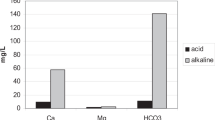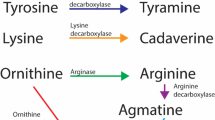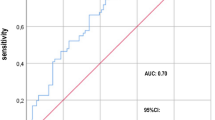Abstract
THE mechanism whereby bacterial infections induce fever has been elucidated in some detail1,2. Bacteria and bacterial pyrogens (exogenous pyrogen) interact with polymorphonuclear granulocytes of the host, resulting in release into the circulation of a soluble product of the granulocyte (endogenous pyrogen) which is the proximate cause of the fever through its action on the temperature control centre of the host. Exogenous pyrogen arid endogenous pyrogen may be distinguished in several ways, but the most striking difference between their actions is that tolerance to the first develops rapidly, whereas endogenous pyrogen continues to cause fever after a long sequence of daily injections.
This is a preview of subscription content, access via your institution
Access options
Subscribe to this journal
Receive 51 print issues and online access
$199.00 per year
only $3.90 per issue
Buy this article
- Purchase on Springer Link
- Instant access to full article PDF
Prices may be subject to local taxes which are calculated during checkout
Similar content being viewed by others
References
King, M. K., and Wood, jun., W. B., J. Exp. Med., 107, 305 (1958).
Atkins, E., Physiol. Rev., 40, 580 (1960).
Snell, E. S., Clin. Sci., 21, 115 (1961).
Atkins, E., and Huang, W. C., J. Exp. Med., 107, 403 (1958).
Author information
Authors and Affiliations
Rights and permissions
About this article
Cite this article
SOKAL, J., SHIMAOKA, K. Pyrogen in the Urine of Febrile Patients with Hodgkin's Disease. Nature 215, 1183–1185 (1967). https://doi.org/10.1038/2151183b0
Received:
Revised:
Issue Date:
DOI: https://doi.org/10.1038/2151183b0
This article is cited by
Comments
By submitting a comment you agree to abide by our Terms and Community Guidelines. If you find something abusive or that does not comply with our terms or guidelines please flag it as inappropriate.



